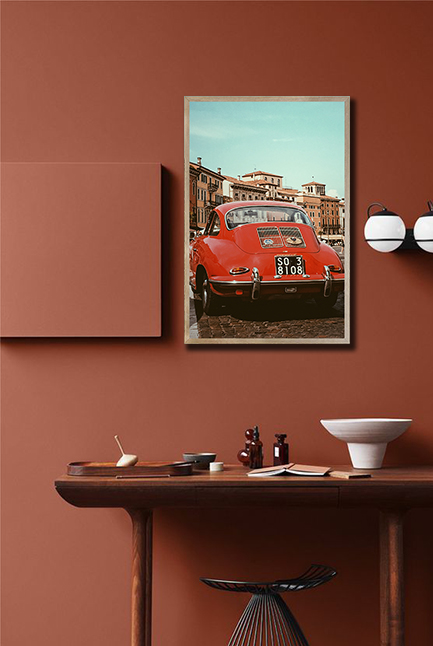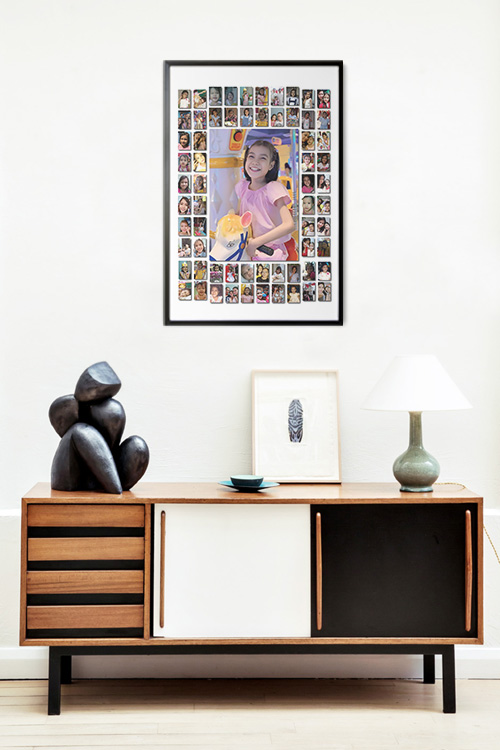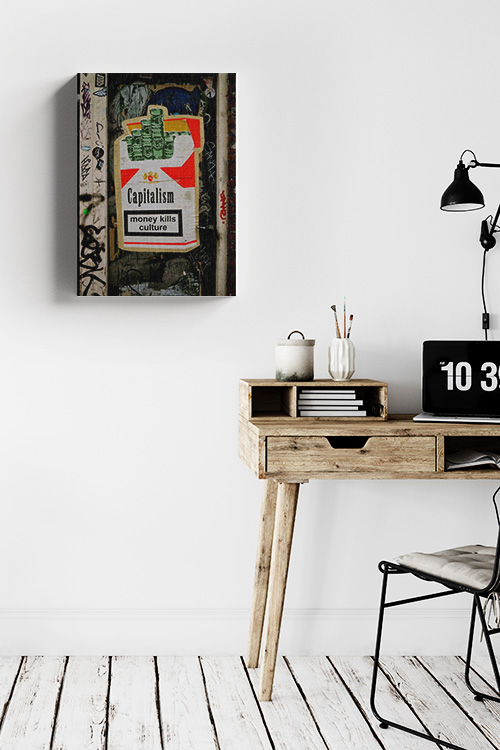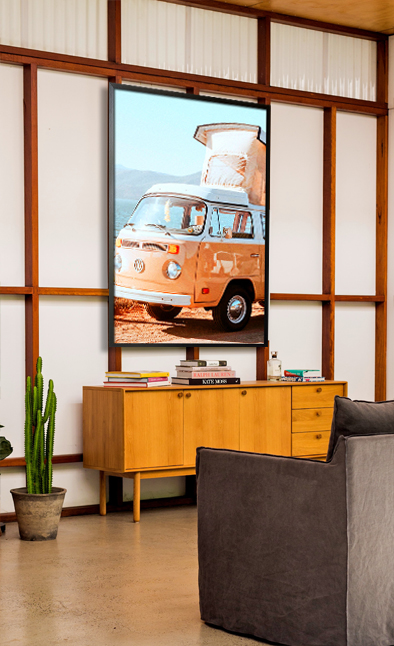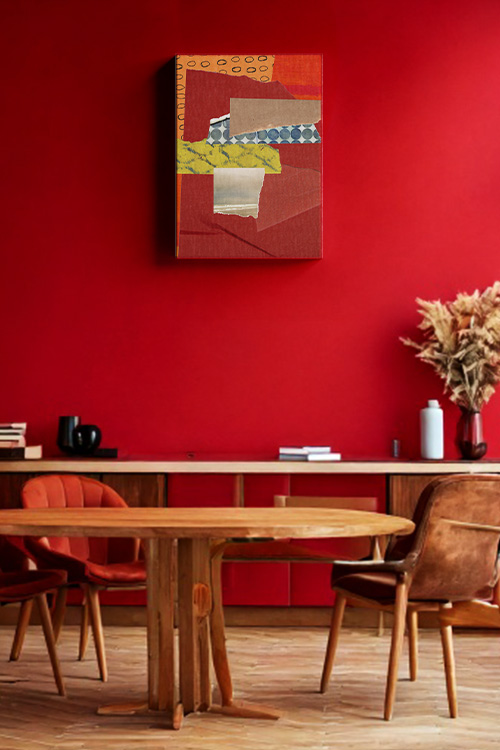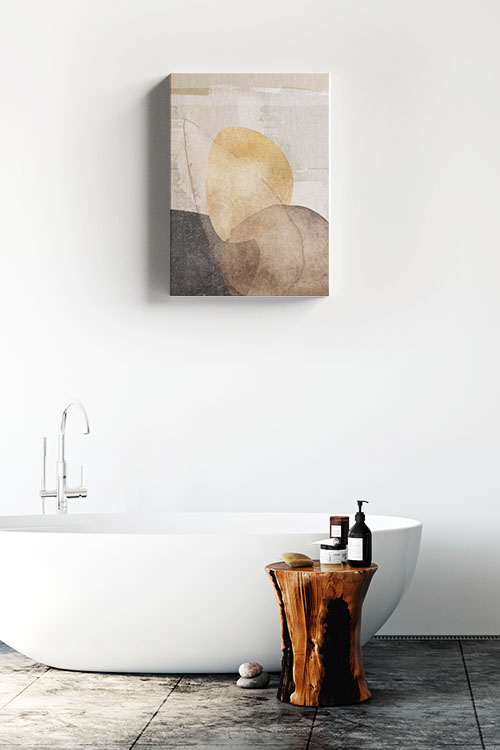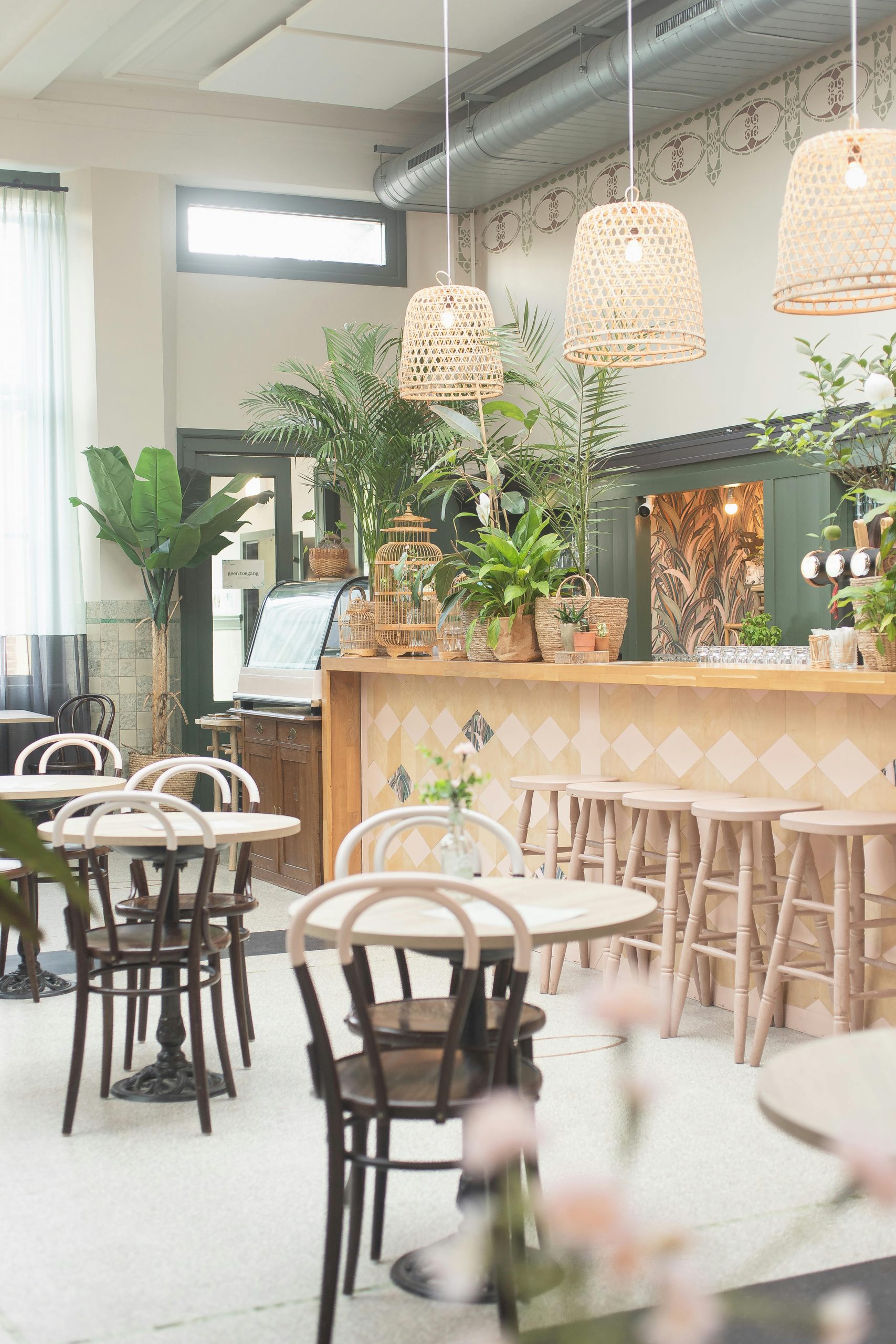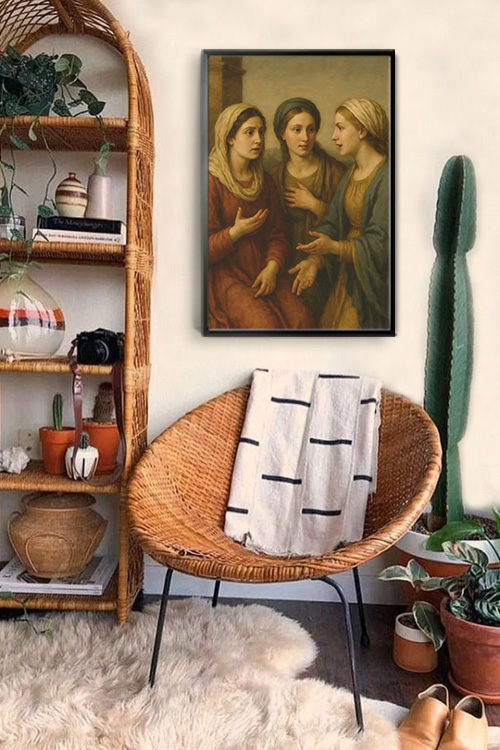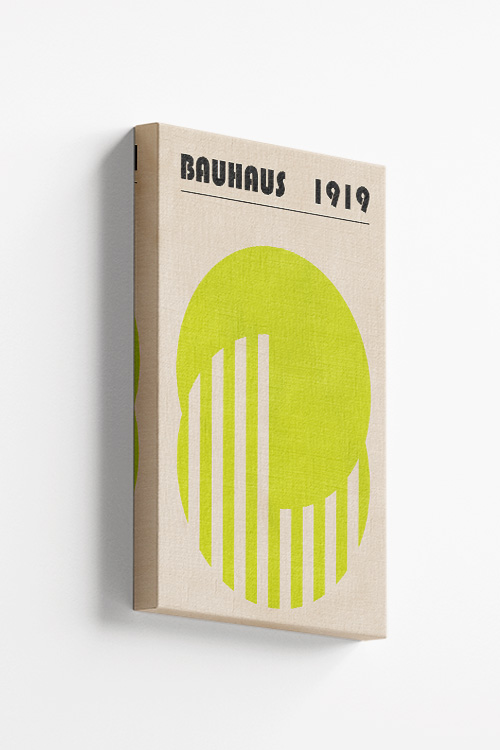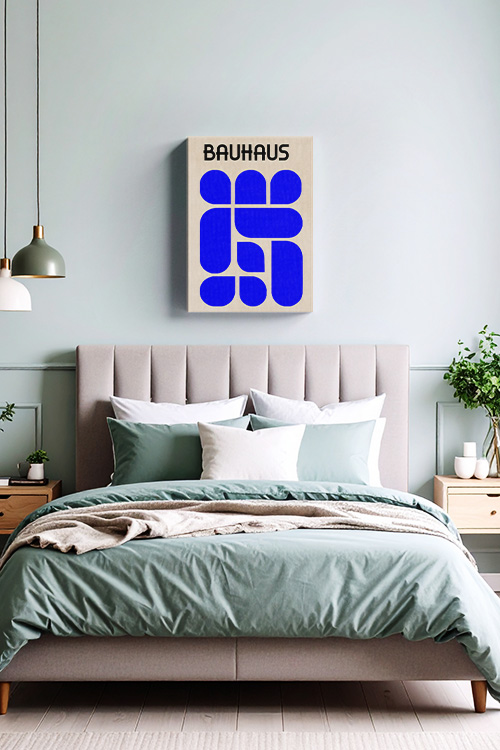
A small bedroom can feel cozy, but without the right design choices, it may also feel cramped. The good news is that you don’t need a complete renovation to make your bedroom appear more spacious. With a few clever tricks in design, layout, and styling, which are easy to implement, you can transform your compact room into a space that feels open, airy, and inviting.
Use Light Colors
The easiest way to instantly create the illusion of space is with color. Light shades such as whites, creams, soft grays, and pastels reflect more light, making the room feel larger. If you love bold colors, use them as accents through pillows, throws, or artwork instead of wall paint.
Let in Natural Light
Heavy curtains can make a room feel closed in. Opt for sheer or light fabrics that allow sunlight to flow in. Natural light naturally expands a space, so avoid blocking windows with bulky furniture. If privacy is a concern, consider blinds that can be adjusted easily.
Choose Multi-Functional Furniture
Furniture takes up the most space, so it’s essential to be strategic. A bed with built-in drawers or a storage ottoman provides extra functionality without crowding the room. These versatile pieces of furniture not only save space but also add to the room’s aesthetics. Wall-mounted shelves or floating nightstands free up floor space and reduce clutter.
Mirror Magic
Mirrors are one of the oldest tricks in interior design for a reason. They reflect light and give the illusion of depth. A full-length mirror on a wall or mirrored closet doors can visually double the size of your bedroom.
Keep it Minimal
Clutter can make even a large room feel smaller. It’s important to keep surfaces clear and decorate with intention. A few well-chosen pieces, like a stylish lamp or a framed print, can add personality without overwhelming the space. Being mindful of clutter can significantly impact the perceived size of your room.
Optimize Layout
Place larger furniture, such as the bed, against the longest wall to maximize floor area. Avoid blocking pathways to keep the flow open. This will make the room feel less confined.
Add Vertical Space
Draw the eye upward by using tall bookshelves, hanging plants, or vertically striped wallpaper. This trick emphasizes height and gives the impression of a bigger room.
In a Nutshell
Making a small bedroom look bigger is all about innovative design and simplicity. By choosing light colors, maximizing natural light, incorporating storage-friendly furniture, and keeping clutter minimal, you can turn your compact bedroom into a bright and comfortable retreat.
